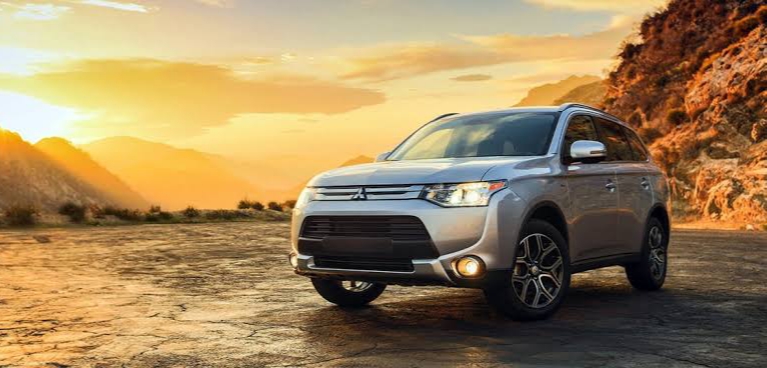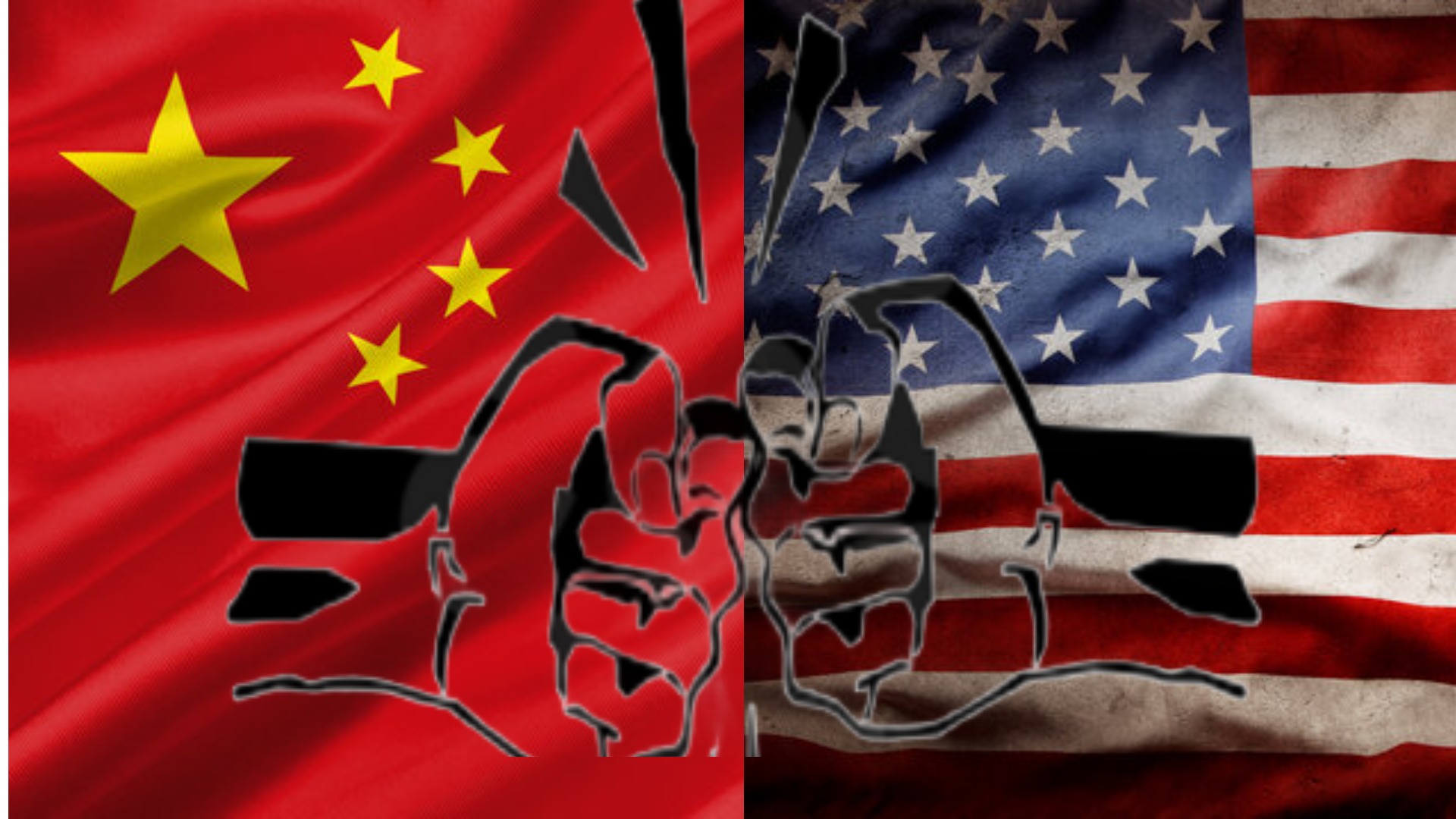
Mitsubishi Motors Corporation, known worldwide as one of Japan’s leading car manufacturers. Its journey began in 1870, with the founding of a shipping company called Mitsubishi Shokai by Yataro Iwasaki. It was a type of shipping business, which started mainly by managing ships and fleets. However, over time Mitsubishi became a multi-faceted industrial group, of which automobile manufacturing became one of the main sectors.
Beginning days: 1917 to 1945
In 1917, Mitsubishi Motors introduced its first car, the “Model A.” It was Japan’s first serial production passenger car. Although this model was not commercially successful, it was an important step in Mitsubishi’s entry into the car industry. During World War I, Mitsubishi focused on manufacturing military vehicles and aircraft. Notable among these was the Mitsubishi Zero fighter plane, which played an important role for Japan during World War II. After the war, the company focused on civilian vehicle production and produced the first civilian vehicle in 1946.
1960s: The dawn of a new era
The 1960s ushered in a new era for Mitsubishi Motors. In 1960, Mitsubishi launched a sedan called the 500, which gained popularity in the local Japanese market. Next, the Mitsubishi Minica in 1962 and the Mitsubishi Delica models in 1965 were introduced. These models create a strong base for Mitsubishi in the local market. In addition, the Mitsubishi Galant model was introduced in 1969, paving the way for the company to enter the international market.
1970s-80s: Global expansion
In the 1970s, Mitsubishi Motors began to expand its influence in the international market. First they started exporting cars to Australia, then North America and Europe. In 1970, Mitsubishi Motors Corporation debuted as an independent company. The Mitsubishi Galant and Lancer models gained international popularity and the company’s reputation grew. During the 1973 oil crisis, Mitsubishi’s small and economy cars were particularly popular, as they were known for their low fuel consumption.
1980s-90s: Innovation and Competition
During the 1980s and 1990s, Mitsubishi became known for their technological innovation and competitive spirit. During this time, the Mitsubishi Lancer Evolution model was introduced, which became particularly popular among car enthusiasts. Its all-wheel drive and turbocharged engine made it a powerful car in rally and other motor sports. Also, the Mitsubishi Pajero, debuted as a powerful and versatile SUV, is globally acclaimed for its adventurous driving and off-road experience.
Mitsubishi cars are known for their innovative technology, durability and superior engineering. The company participates and achieves success in various domestic and international motor sports competitions, which further enhances their brand prestige.
The 2000s: Challenges and Reconstruction
In the early 2000s, Mitsubishi Motors faced some challenges. The company fell into financial trouble and sales of their cars declined. Various criticisms arose regarding customer satisfaction and product quality, which damaged the company’s image. During this time, Mitsubishi undertook various reorganization and restructuring processes. They increased their production capacity at the factory in the Netherlands and planned to launch new models in the international market.
In 2003, Mitsubishi launched a new model, the Outlander, which is considered a tactical model. It gained immense popularity as a crossover SUV and helped improve Mitsubishi’s financial position. In the late 2000s, Mitsubishi Motors became profitable again and focused on improving vehicle quality.
Enter the era of electric vehicles
In the 2010s, Mitsubishi began to focus on producing electric and hybrid vehicles. The Mitsubishi i-MiEV (Mitsubishi Innovative Electric Vehicle) is the world’s first commercially produced electric vehicle, launched in 2009. This vehicle epitomizes Mitsubishi’s commitment to eco-friendly technology and sustainability. Also, Mitsubishi launched the Outlander PHEV (Plug-in Hybrid Electric Vehicle), one of the first plug-in hybrid SUVs. It quickly gained popularity and sold well in various markets around the world, especially in Europe and Japan.
Present and future
Today, Mitsubishi Motors Corporation is established as an international car manufacturing company. The company emphasizes on high quality technology, eco-friendly innovation and sustainability. Mitsubishi plans to increase the number of their electric and hybrid models and adopt more sustainable technologies. The company is aiming to incorporate artificial intelligence, autonomous driving and other advanced technologies into its car manufacturing process.
Mitsubishi Motors Corporation’s trajectory consists of a long and varied history. From the start-up shipping business to the production of electric vehicles, Mitsubishi has maintained innovation, technology and quality standards at every stage of their journey. Currently the company is poised to become a global leader in electric and eco-friendly vehicles. In the future, it remains to be seen how Mitsubishi will leverage new technologies and innovations to achieve more global success.
Mitsubishi Motors Corporation holds an important position in the automobile industry and their innovative strength and competitive spirit will further strengthen their position in the future.

 Md. Ibrahim Hossain Bishal
Md. Ibrahim Hossain Bishal 























